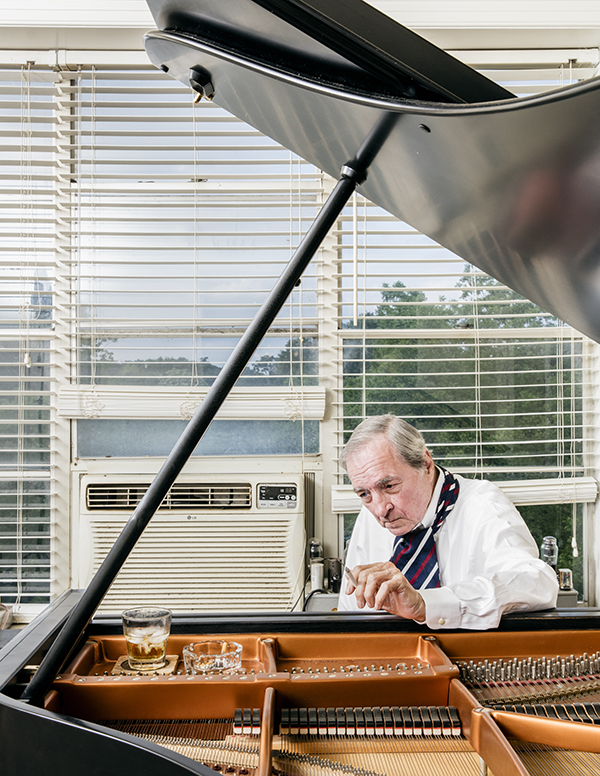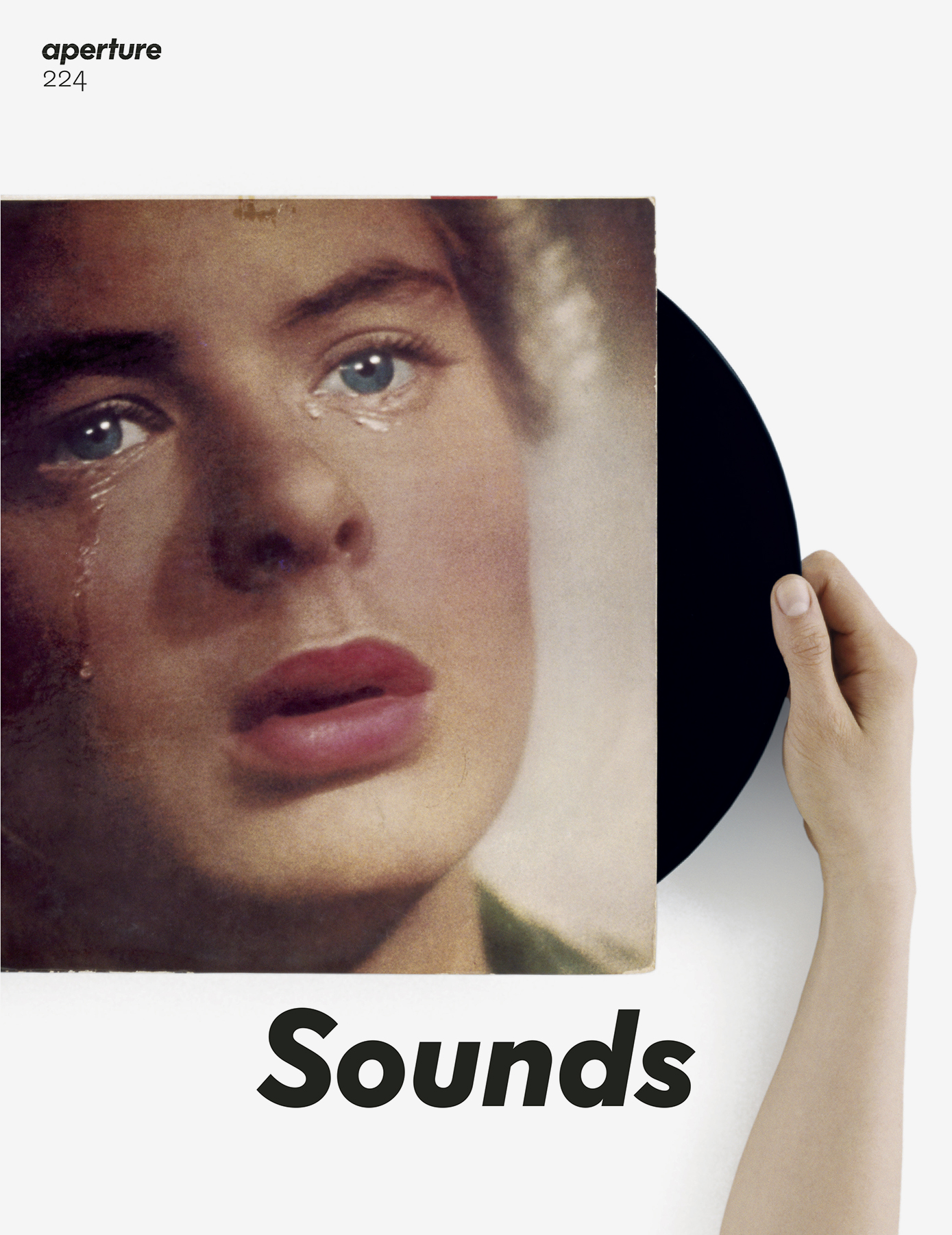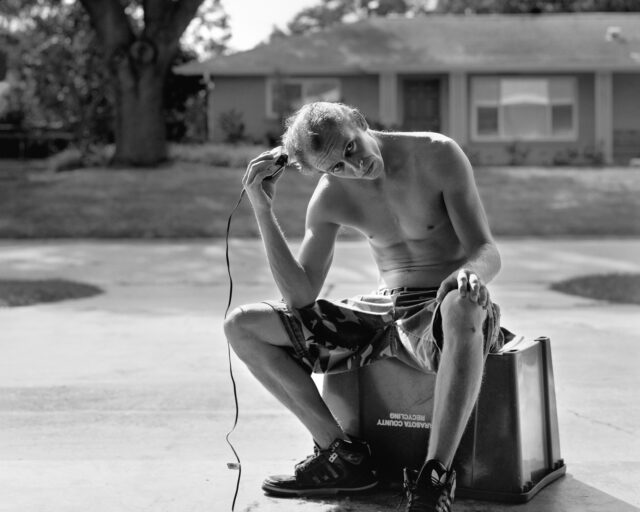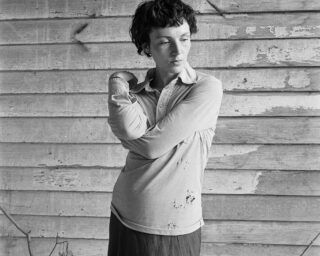William Eggleston at his Bösendorfer piano, Memphis, 2016. Photograph by Stefan Ruiz
I remember the first William Eggleston photograph I ever saw, or the first that I knew was his, that it had been made by someone called “William Eggleston”—his images have percolated up into the culture so thoroughly, I guess it’s no longer possible to be an American without experiencing a few of them, if only as album covers (Big Star’s 1974 Radio City, most notably, but there are many), and certainly for anyone with the smallest interest in American art, it’s hard to avoid the name of a man whose work most credit with having legitimized color photography as an art form. Before Eggleston, there had been a sharp divide between black-and-white and color: artists used the former, tourists used the latter. After Eggleston, or with him, everything was altered.
In 1998, when I was twenty-three, I didn’t know anything about William Eggleston. I was a few months into my first magazine job, with the Oxford American (then in Mississippi, now in Arkansas). A woman named Maude (pronounced “Maw-dee”) Schuyler Clay was helping us as a photography consultant. She’s an excellent Southern photographer herself and happens to be Eggleston’s cousin. She also said a very perceptive thing about his work, namely that he started shooting the South just at the moment it began to look more like other places. Its banality, in other words, and not its exoticism, called to him first.
Maude came into the office one day. The magazine was doing a story on the great blues musician Mississippi Fred McDowell, and we wanted to run a memorable image of him, and probably the most memorable ever taken is one that Eggleston shot. It shows McDowell at his own funeral, in his coffin, wearing his spotless white Mason’s apron. Maude had been able, through family connections, to borrow an original print of this picture. I can see her carrying it through the offices. That scene in Pulp Fiction where the guy has the briefcase that glows like it’s full of magic gold? This was close to it. Every person in the office crowded around her as she pulled back the black cover of the portfolio she’d brought. The picture did, I think, literally give off light. Not gold, but pink, the pale pink of the satin around McDowell’s pinched, embalmed face. The whole corner of the art room glowed with that particular pink. I barely knew the brilliantly slashing music of Mississippi Fred McDowell at the time—I’d heard his signature “Shake ’Em On Down” and maybe one other song—but I was convinced that this photograph of his dead body was one of the most remarkable pictures my eyes had ever come up against. You knew a master had taken it, the same way that if you were to see a Caravaggio in a pawn shop one day without knowing who that painter was, you’d know it didn’t belong there, or that it belonged anywhere.
This text is excerpted from Aperture, issue 224, “Sounds.”






























